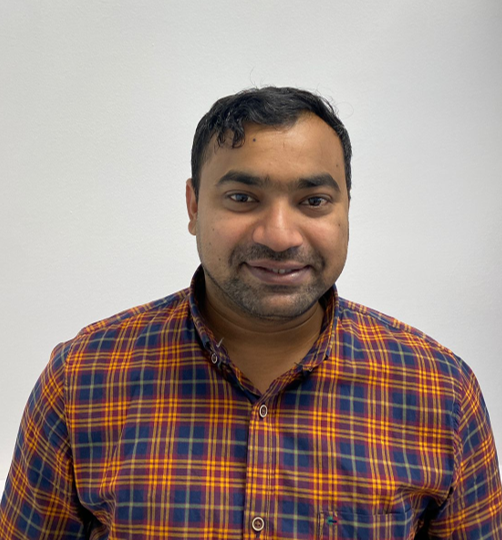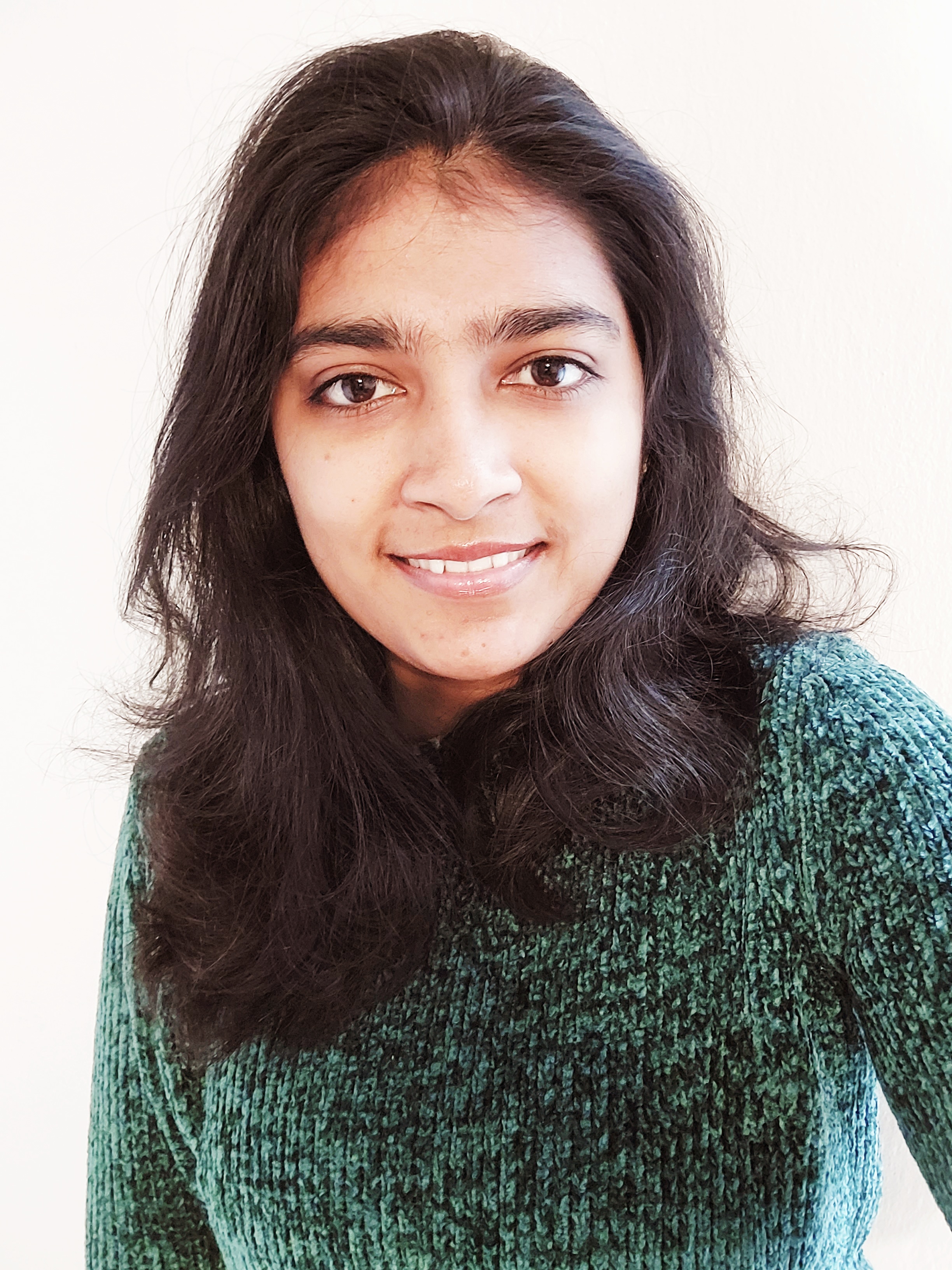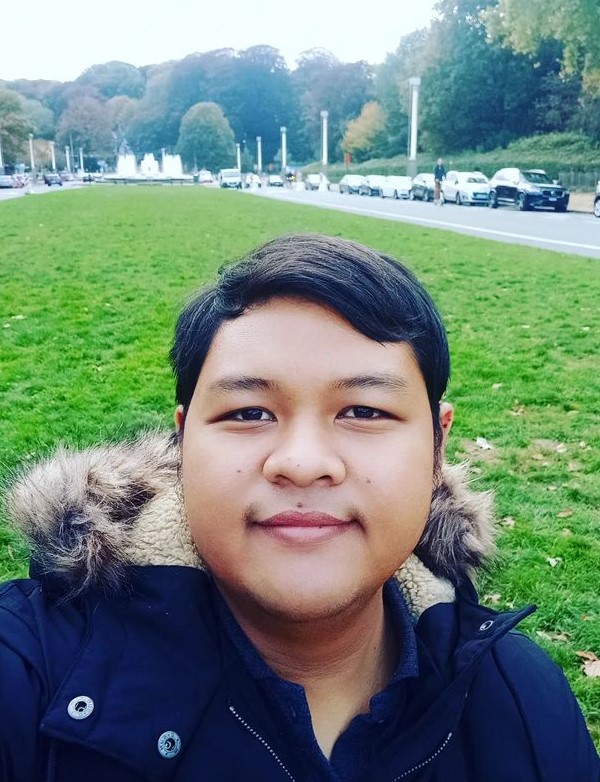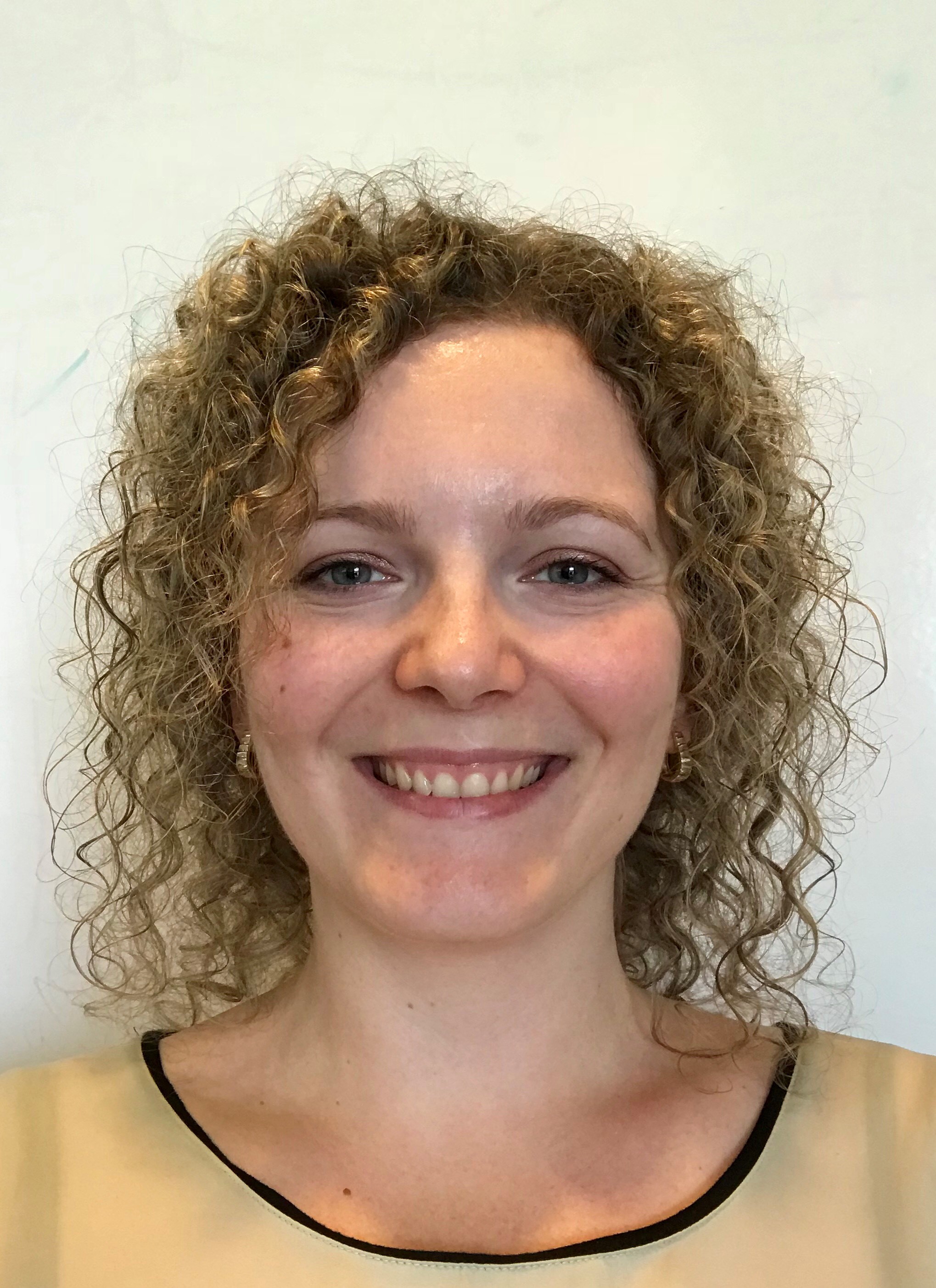Current group members
Dr. hab. Mihails Arhangelskis
I have received my undergraduate degrees (BA and MSCi) from the University of Cambridge, UK. For my Master's and PhD I have worked under the supervision of Professor William Jones, getting exposed to an exciting world of organic solid state chemistry and crystal engineering. The PhD project concerned the application of periodic DFT calculations to predict and rationalize the optical properties of organic multicomponent molecular crystals (cocrystals). In the course of this project I developed a method for the prediction of solid-state luminescence spectra of organic crystals, using periodic time-dependent density functional theory (TD-DFT).
Following the PhD (end of 2015), I enjoyed a visit to the group of Professor Krzysztof Woźniak (Department of Chemistry, University of Warsaw), where I explored the application of high resolution X-ray diffraction measurements as a method to visualize experimental charge density in crystals.
Between 2016 and 2019 I have worked as a postdoctoral fellow in the group of Professor Tomislav Friščić at McGill University. As a member of a vibrant experimental community, I enjoyed exposure to a broad variety of projects, which benefitted from theoretical simulations. My activities were evenly divided between simulations for metal-organic frameworks (MOFs) and organic molecular crystals.
In late 2019 I began my independent career, becoming an Assitant professor at the Faculty of Chemistry, University of Warsaw. In 2022 I passed the Habilitation, and in 2024 I became an Associate professor.
Dr. Sibananda Gourisankar Dash

Sibananda was born in the state of Odisha, India where he completed his early studies. In 2014, he completed the master’s degree in chemistry from Utkal University, odisha (India). In the same year, he qualified the national eligibility test conducted by CSIR-UGC, India (CSIR JRF-44 AIR). After a short position as an assistant professor, he joined the crystal engineering group headed by Dr. Tejender S. Thakur at CSIR-Central Drug Research Institute to explore his utmost interest in chemistry. His Ph.D. research work was on screening the different crystalline solid forms (polymorph, salt, cocrystal, eutectic, etc.) of active pharmaceutical ingredients by using both theoretical and computational methods along with the analysis of non-covalent interactions, particularly H-bonds, present with in using quantum crystallography. Currently, he is working as a postdoctoral fellow in our group, focusing on modelling halogen-bonded materials. When not doing science, he likes to read novels and visit historical places.
Yizhi Xu
My name is Yizhi (Catherine) Xu and I came from Shanghai, China. In 2013, I moved to the UK and started to study in Yeovil College, where I did my A-levels in Chemistry, Maths and Further Maths. I obtained my MChem (Hons) degree at the University of Manchester, where I completed my Master’s research projects in Manchester Institute of Biotechnology in Prof. Paul Popelier’s lab. The research focused on the development an application of an in silico pKa prediction tool called AIBL-pKa, which employs equilibrium bond lengths derived from Density Functional Theory. In 2020, I started my PhD in the University of Warsaw under the supervision of Dr. Mihails Arhangelskis. My research interest is currently focused on using periodic DFT for metal-organic frameworks (MOFs) predictions, as well as performing MOF synthesis mechanochemically. When I am not doing chemistry, I enjoy exercising, playing violin and travelling to new places.
Lavanya Kumar

I am Lavanya from Tamil Nadu, India. I have completed my undergraduate and postgraduate studies in general chemistry from PSGR Krishnammal College for women in Tamil Nadu, India. I have completed my master’s research project in Dr. M. Nethaji’s lab, Inorganic and physical chemistry department, Indian Institute of Science (IISc), Bangalore. I then continued as a project assistant in the same department for a year. Then as a project associate, I worked at Prof. S. A. Shivashankar’s lab in the Center for Nano-Science and Engineering department, IISc. My research experience at IISc includes, pharmaceutical co-crystals, Luminescent materials based on non-bonding interactions in B=N chromophore materials and metal oxide thin films.
I joined as a PhD student in Dr. Mihails Arhangelskis group in 2021 and currently focused on electron density analysis of organic cocrystals and modification of luminescent properties in organic materials based on supramolecular architecture.
Crystallography is among the things that keep me excited, it is magic that I am fascinated about. In my free time I enjoy dancing, drawing and exploring historical places.
Bramantya Bramantya

My name is Bramantya and I am from Magetan, Indonesia. Upon completing my undergraduate studies in Chemical Engineering at the University of Brawijaya (Indonesia), I moved to Europe to pursue a master's degree in Chemical Nanoengineering which was supported by Erasmus+ through Erasmus Mundus Joint Master Program. My master’s research, which was supervised by Dr. Robert Zaleśny at Politechnica Wroclawska (Poland), focused on simulating the two-photon absorption properties of dipolar and quadrupolar difluoroborate dyes using Density Functional Theory (DFT) and the Coupled Cluster (CC) method. Shortly after finishing my master's degree in 2023, I started my PhD studies within Dr. Mihails Arhangelskis' group at the University of Warsaw. My research focus revolves around the design of magnetic metal-organic frameworks (MOFs) employing ab initio methods and machine learning. Beyond academic activities, I have a keen interest in reading novels and exploring new places, particularly those with captivating natural landscapes and historical significance.
Group alumni
Dr. Ivana Brekalo

Ivana hails from Croatia, where she finished her Bachelor and Master studies. After a short stint in pharmaceutical industry, she went to do her PhD at Georgetown University in Washington, DC, USA, under the supervision of Dr K. Travis Holman (Georgetown Univ.), and Dr. Tomislav Friščić (McGill University, Montreal, Canada). Currently she is visiting our group thanks to the support from NAWA Ulam Programme. Her focus is on mechanochemistry of porous materials, including MOFs, porous molecular solids, and supramolecular porous solids. Ivana is passionate about science communication and outreach, baking, ballroom dancing, and boardgames.
 https://orcid.org/0000-0003-1150-3108
https://orcid.org/0000-0003-1150-3108